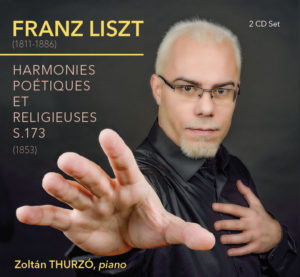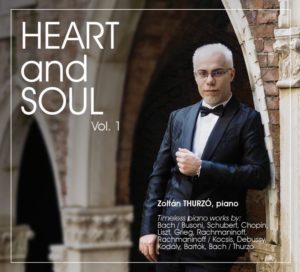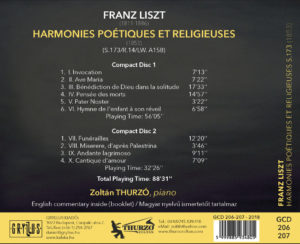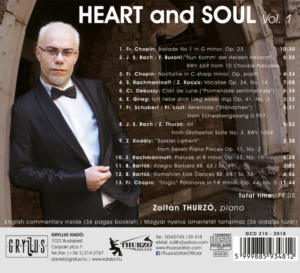The cultural heritage must be treasured

“… the florescence of the musical life of those days in Oradea is closely linked to Baron and Bishop Patachich Ádam, a character known for supporting arts and hiring at his court the best musicians of the epoch. It is, therefore, our duty to develop and watch over our cultural heritage, day after day …” – used to always say the renowned musicologist and historian from Oradea, Thurzó Sándor.
The idea of organizing a festival has been a preoccupation for the already famous musician long before it has started, in the year of 2004 – but to such an ambitious plan, a very thorough preparation is required.
My grandfather has worked several years for just gathering the information and materials to start the festival, since he has started this activity in the dark ages of the modern world, when everything, even the things less linked to Art and Culture, are covered in the shadow of the communist regime. Unfortunately, back then, the man could not even dare to think of such things for it would have brought „the gallows” upon him.
Collecting works
With the wind of change, in 1989, ideas became facts, plans, at some sort of degree, reality, and so it started with the purchase of scores, collecting works, now at a higher level and a greater extent than before. They could have started the festival back then, but it would have not been easy keeping it alive for a long time; the existing materials simply, could have not allowed a varied repertoire. For this reason, the plan turned into collecting more and more work. Over the years, he has managed to enrich the existing material with precious works, but Thurzó Sándor has wanted to tie the first edition of the festival to a significant date in our local history: the memorable year of 1964.
Eventually, the festival started in October 2004, given some reasons. On one hand because, four decades ago, regardless of their nationality and religion, the inhabitants of Oradea, united they stood and saved the Curch of Saint Ladislaus from demolition, a sanctuary which also served as a Cathedral between 1723 and 1780. On the other hand, between 1760-1769 (with two years of interruption), these three composers had created works in this city and also conducted activities that led to the completion of the musical culture of Oradea at European level.
Right where it deserves to be
After the death of Sándor Thurzó, in 2009, while taking over the artistic management, the most important goal was that the festival, which had already gained prestige, to maintain a strong position in the European musical life. We should be proud of these composers who had lived and composed for many years in our beloved city. It is important we treasure that generous spiritual heritage these three composers have left to us.
We are all responsible, and I believe that starting from this point on, we can enrich and shape a positive musical image of Oradea.
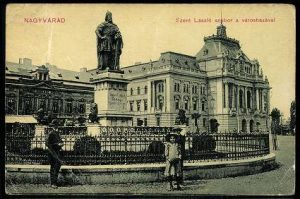 I believe it is important to remember the creative work of these musicians. We must have insights of this remarkable period of music history in Oradea, for it contains many interesting things, which I think we cannot forget.
I believe it is important to remember the creative work of these musicians. We must have insights of this remarkable period of music history in Oradea, for it contains many interesting things, which I think we cannot forget.
Most authentic sources
The current series of articles gain their shape from my grandfather’s vast assemblage of documents, which for me, is the most authentic source of materials. The authenticity of the information revealed by my grandfather is proven by the fact that many scientists, researchers and experts, major specialized publications and magazines, volumes of musicology and morphology, nation-wide and abroad, have used his findings and illustrations of local historian. My desire is that within the current festival (as well as in the upcoming editions) with the help of famous musicians to bring the enamoured audience closer to the precious time spent by these three composers in Oradea.
Unfortunately, even today, too much „dissonant” information is still rooted in the public’s mind regarding this matter.
It is important a comparison to be conducted regarding this type of information and the real facts existing in the testimonials.

